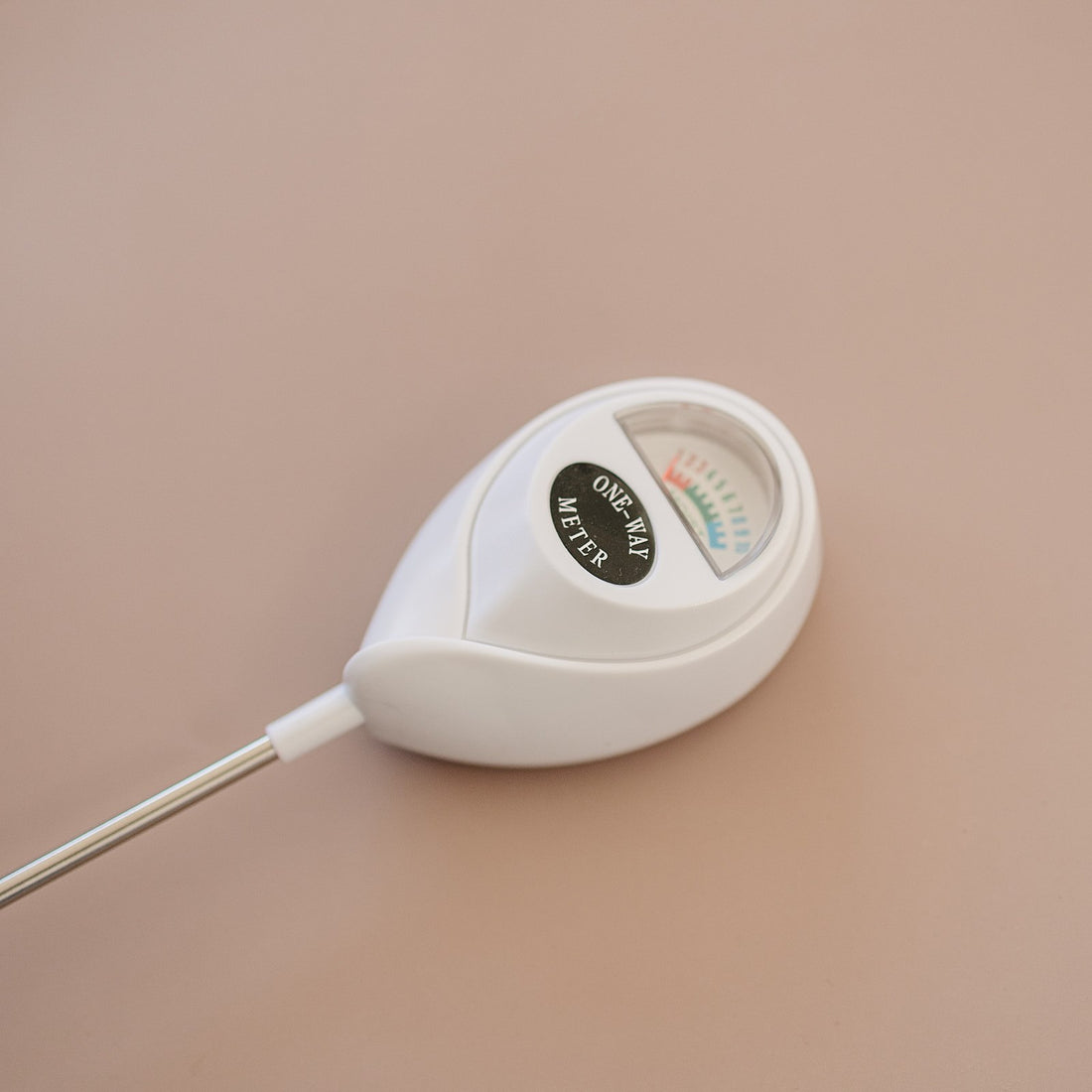Preventing Overwatering: Keeping Your Houseplants Happy and Healthy
Welcome plant friends! In today's post, we'll be discussing a common issue faced by plant parents- overwatering. We'll explore what overwatering is, the signs to look out for, and effective ways to prevent it. So, let's dive in and save some plants!
What is Overwatering?
Overwatering occurs when plants receive more water than they need, leading to saturated soil and root suffocation. While it's important to provide enough hydration, excess water can stunt a plant's growth and even cause it to start to whither away. Understanding the signs of overwatering is crucial in maintaining the health of your plants.
Signs Your Plant is Getting Too Much Water:
1. Dull, Yellowing Leaves: Overwatered plants often display yellowing leaves that appear dull and lifeless. This is a result of root rot caused by the excess moisture, preventing the plant from absorbing essential nutrients.
2. Wilting and Drooping: Surprisingly, overwatered plants may exhibit wilting and drooping, just like underwatered ones. This happens because excessively moist soil hampers the roots' ability to take up water properly, leading to a lack of hydration.
3. Mold or Fungus Growth: Excess moisture creates an environment for mold or fungus to thrive. Keep an eye out for white fuzz or greenish patches on the soil surface, indicating overwatering.
Ways to Tell if Your Plants Need Water:
1. Check the Soil with Your Finger:
This simple yet effective method involves sticking your finger into the soil up to your first knuckle. If the soil feels moist, it's a sign that your plant doesn't require watering yet. However, if the soil feels dry, it's time to give your plant a drink.
2. Use a Moisture Meter:
A moisture meter is a handy tool that measures the moisture content of the soil accurately. Insert the probe into the soil and wait for the reading. If the meter indicates a high moisture level, hold off on watering. If it shows a low moisture level, then it's time.

How to Use a Moisture Meter:
1. Insert the probe of the moisture meter into the soil, making it reaches to at least half down the pot.
2. Wait for the reading to stabilize on the moisture meter's display.
3. Refer to the moisture meter's instructions to interpret the reading accurately.
4. Adjust your watering routine accordingly, either by watering or withholding water.
It's that easy!
Preventing overwatering is vital for maintaining the health of your houseplants. By understanding the signs of overwatering and using simple techniques like checking the soil with your finger or using a moisture meter, you can ensure your plants receive just the right amount of water they need to thrive. Remember, a little extra care goes a long way in keeping your plants happy and healthy!
Questions? Leave 'em in the comments below!

